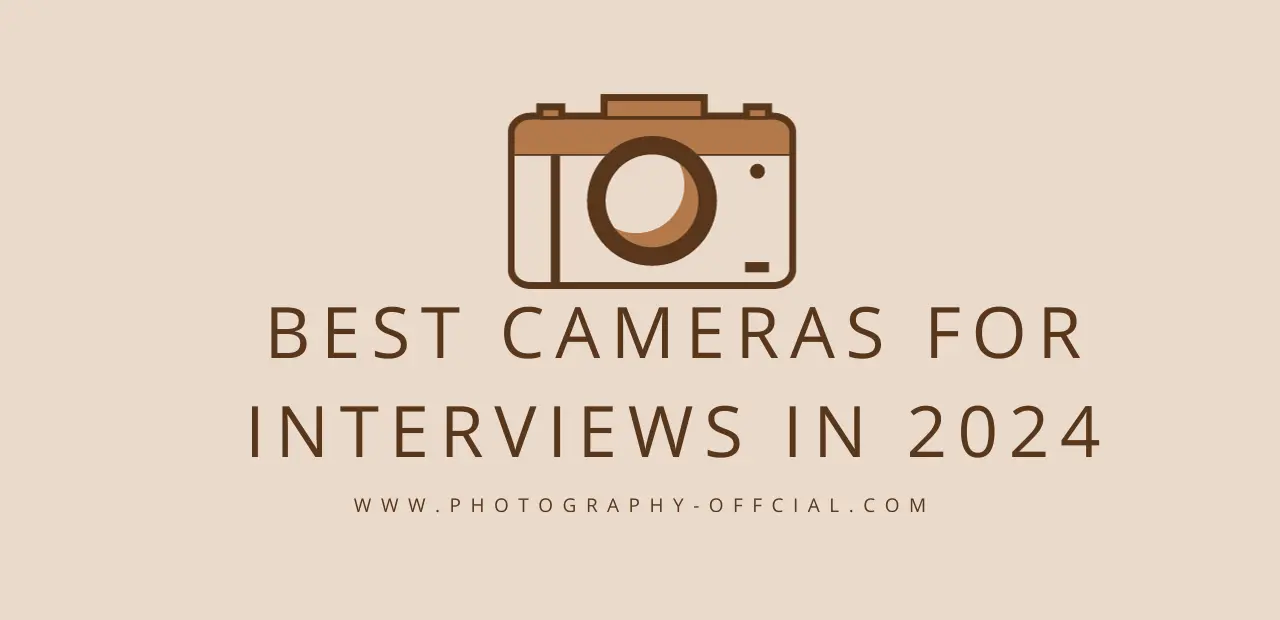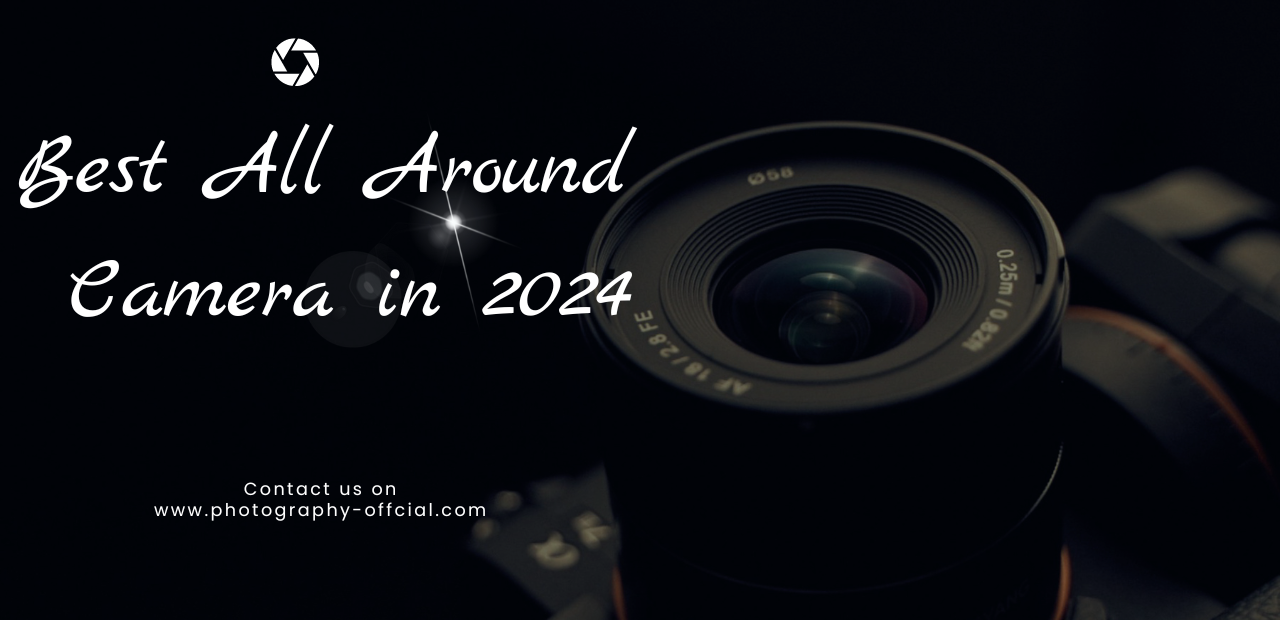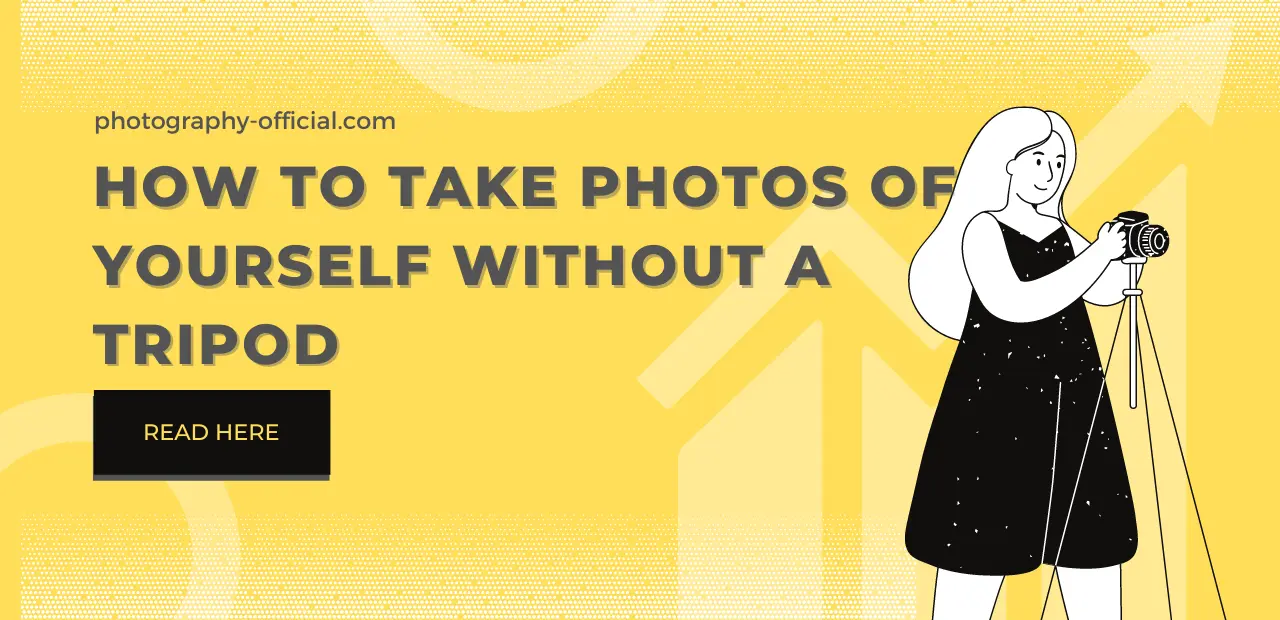Sony A7C Night Photography
In the text below I have described the technical capabilities for Sony A7C night photography. There you can find the benefits and limits of the sensor, autofocus system, image stabilization and ISO performance.
Sony A7C is a compact, portable, and lightweight camera that is easy to use for night time shooting sessions. Because of its lighter weight and smaller size, you can use it for handheld shooting, giving you the freedom to experiment with various perspectives. But that compact design and smaller size are not always considered as an advantage, especially if you prefer larger cameras with more substantial grips for better stability and handling during long exposure shots.

Technical Capabilities For Sony A7C Night Photography
Before diving into the technical capabilities for Sony A7C night photography, it is important to discuss lens compatibility, battery life, and weather sealing.
Sony offers a large selection of lenses for its E-mount system, including some excellent lenses built for low-light shooting. This lens selection provides you the freedom to pick lenses with wide apertures, which excel in capturing more light and achieving shallow depth of field for artistic night images, like the Sony G Master series. Sony A7C has a smaller battery compared to other Sony full-frame cameras, so it has shorter battery life. If you are planning long shootings make sure to carry a spare battery or power source. Even while the A7C has some weather sealing, it might not be as durable as other Sony full-frame models like the A7R or A7S series. This is important because the camera’s performance and durability can be affected if you want to shoot in bad conditions, such as heavy rain or cold temperatures.
Sensor of Sony A7C for Night Photography
Sony A7C has a full-frame sensor, and choosing a camera with a full-frame sensor over the cameras with smaller sensor sizes can impact image quality. The main difference between full-frame sensors and smaller sensor sizes is the individual pixel sizes, which are larger in the full-frame sensor. So, what does this mean? Well, they have better light-gathering ability which results in capturing more light, reducing noise, and improving image quality in dark environments.
Compared to smaller sensors, full-frame sensors often perform better at high ISO. When using higher ISO settings, they can provide cleaner and less noisy photographs, enabling you to preserve image quality even in difficult lighting situations. This is crucial for night photography since you frequently need to raise the ISO to get the right exposure.
Another benefit that comes with the full-frame sensor is a dynamics range, or in other words, the capacity to record a wide variety of tones from shadows to highlights. This is essential for night photography since the contrast between bright lights and dark shadows in the picture is usually very strong. A greater dynamic range allows you to save more information in bright areas and shadows, producing more balanced photographs.
Depth of field and field of view
When you need a shallow depth of field, combining full-frame sensors with wide-aperture lenses is the right recipe. This enables you to generate a lovely bokeh effect by effectively separating your subject from the background, by helping to isolate subjects in night photography so that you can take portraits or highlight aspects of the environment. Just remember that this combination can make it more challenging to maintain good focus across the scene, especially when taking pictures of several objects at various distances.
Another benefit of this type of sensor is a wider field of view that allows you to capture more of the scene. When it comes to the wider field of view you have to remember that when photographing subjects that need a longer focal length or when capturing distant subjects, that full-frame sensor’s wider field of view will not be your friend. To compete with magnification of cameras with smaller sensors you will have to use longer focal length lenses. In conclusion, sensor capabilities for Sony A7C night photography give you a lot of freedom to express yourself.
Disadvantages of full-frame sensor
It is important to note that even though a full-frame sensor has a lot of benefits, like with everything else there are also some disadvantages. This type of sensor affects battery life, which is reduced because it is larger and has more intensive processing needs. Even though many lenses are compatible with full-frame sensors, certain older lenses made for smaller sensors might not perform as well or have vignetting and picture deterioration when used with full-frame cameras. And ultimately cameras with full-frame sensors are heavier and more expensive. If you are on a budget make sure to check out my previous post about Canon Rebel T7 for night photography.

ISO Performance
When it comes to the high ISO performance, you will have to make some trade-offs. What do I mean by that? Well, there are benefits and a few disadvantages that you have to keep in mind. The most important thing for you would be to find a balance between using a high enough ISO to get the right exposure while maintaining noise levels within a reasonable range based on the camera’s capabilities and desired image quality.
At low ISO settings, such as ISO 100-800, the A7C works very well. These settings produce images with little noise and great levels of detail, resulting in outstanding image quality with lots of dynamic range and accurate color. At ISO 800-3200, A7C continues to provide good image quality. The camera maintains a large amount of clarity and dynamic range at these ISO levels, and noise is still well-controlled, which makes Sony A7C night photography performance ideal for many kinds of shooting situations.
Even with higher ISO settings, such as ISO 3200-6400, the A7C performs well. The camera’s noise reduction algorithms efficiently minimize noise while maintaining a respectable level of information, even if certain noise may become more noticeable. This makes it possible to take pictures in difficult low-light conditions while keeping respectable image quality.
Additionally, the Sony A7C has an ISO range, generally going up to ISO 51200 or greater. However, at these ISO levels noise becomes stronger and image quality may suffer, so you will have to decide on the previously mentioned trade-offs.
Disadvantages of using high ISO
And now let’s talk about some of the things that you have to be aware of if you decide on using higher ISO. The increasing appearance of digital noise or grain in photographs is one of the main downsides of using higher ISO settings. Although the level of noise varies between camera models, higher ISO settings often result in more visible noise. Even though A7C has good high ISO performance, using extremely high ISO settings might still result in the appearance of noise. Unfortunately, even the post-processing, in that case, is harder because noise reduction techniques can lead to a loss of finer details and overall image quality.
Higher ISO settings also tend to reduce the dynamic range which will ultimately affect the ability to retain details in both dark and bright areas of an image and result in reduced shadow detail and potential highlight clipping.
Although the A7C performs well at high ISO, it could fall short of some other cameras intended for low-light photography. If you shoot in extremely low light conditions maybe you would be better suited with cameras like the Sony A7S III, which has a smaller resolution but excellent low-light performance.
Image Stabilization and Autofocus for Sony A7C Night Photography
In-body image stabilization (IBIS), a function of the A7C, helps minimize camera shake when taking handheld photos in areas with low light, which makes Sony A7C night photography performance very good. Because of this feature, you can use a slower shutter speed without sacrificing sharpness. The A7C has Sony’s cutting-edge focusing mechanism, which is well-known for its quickness and precision. A quick autofocus mechanism is helpful for night photography because it gives your images that crispness that we all chase.
When it comes to shooting in extremely dark situations., even though A7C has a capable autofocus system, it is not the best choice for that type of environment. In that case, it is better to use specialized low-light autofocus systems found in higher-end cameras.










